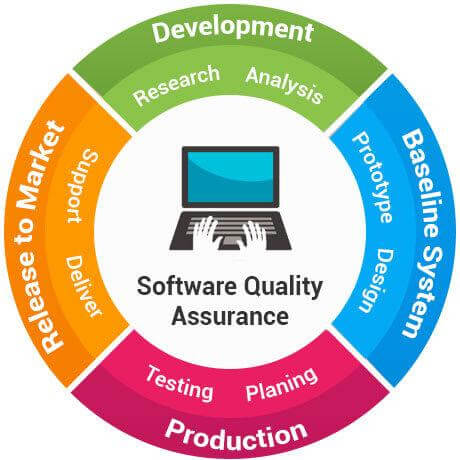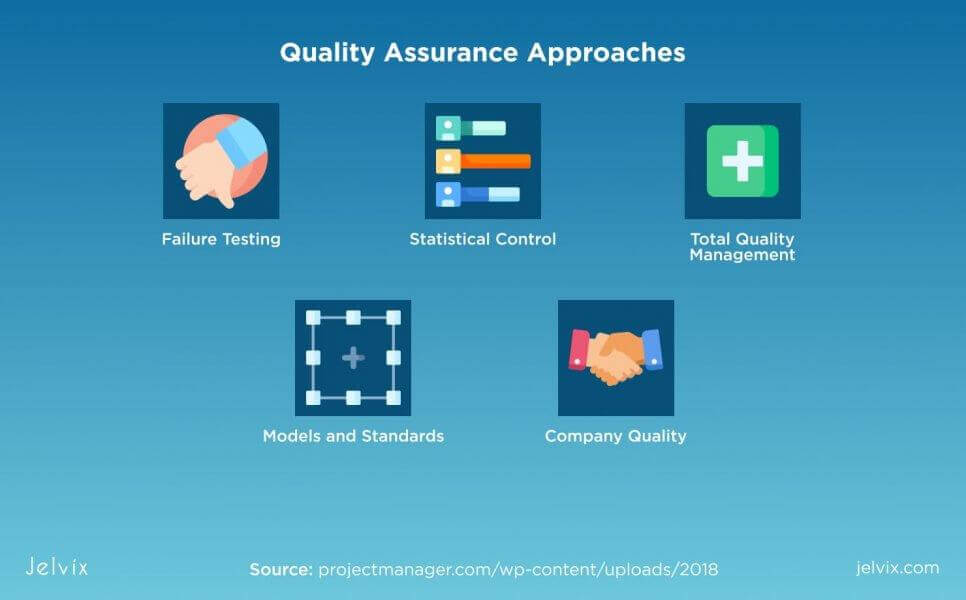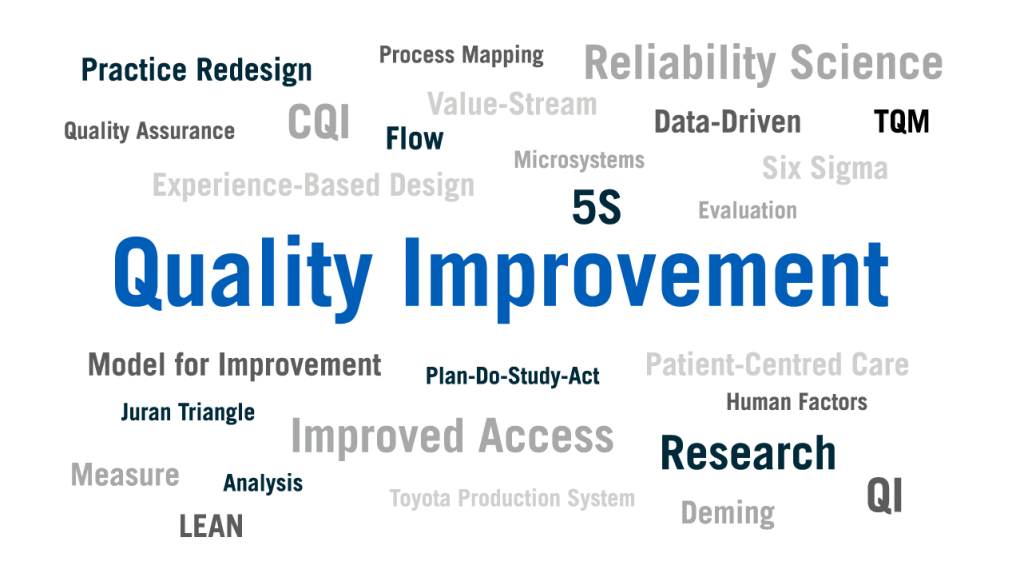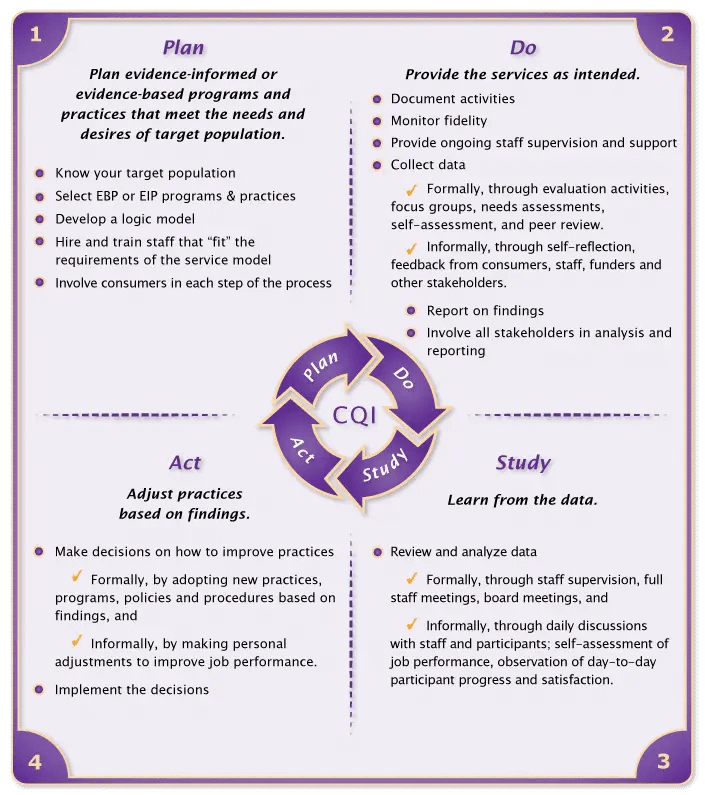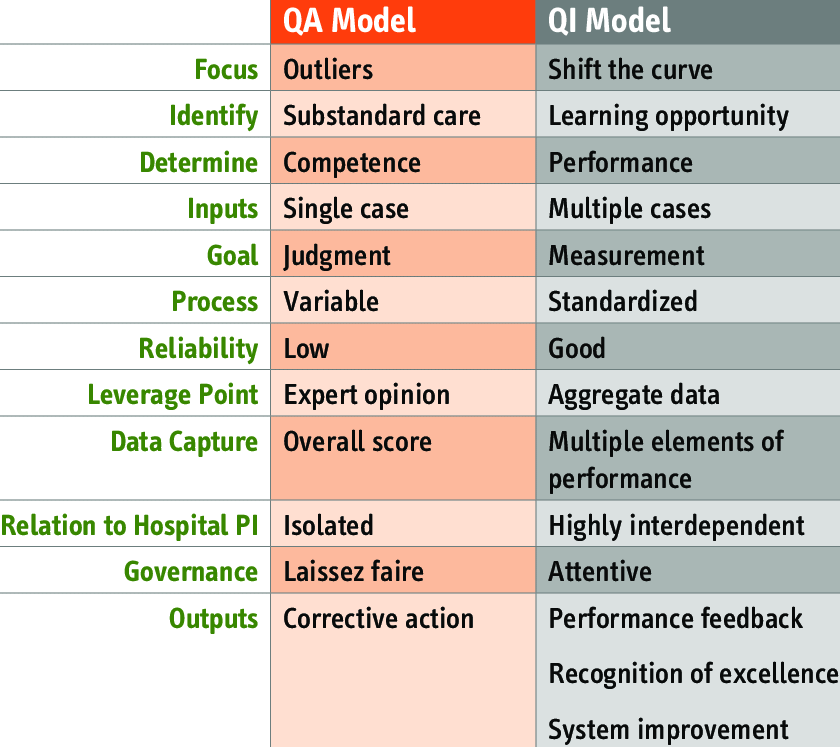The Difference Between Quality Assurance and Quality Improvement
Quality assurance (QA) and quality improvement (QI) software are two distinct types of software tools used in healthcare to improve the quality of patient care. Here are the differences between QA and QI software:
Quality Improvement vs Quality Assurance: Purpose
The purpose of QA software is to ensure that established standards and guidelines are being followed to maintain quality, whereas the purpose of QI software is to identify areas for improvement and implement strategies to improve patient outcomes.
QA tools, for instance, can be used in audits, peer review, quality indicators, etc.
- Audits involve reviewing medical records, policies, and procedures to ensure that they comply with regulations and guidelines.
- Peer review involves having a panel of experts review a physician’s work to ensure that it meets established standards.
- Quality indicators are specific metrics that are used to measure the quality of care, such as readmission rates or infection rates.
As for the QI tools, we will mention the following:
- Root cause analysis involves identifying the underlying causes of a problem to determine the best way to address it.
- Lean methodology involves streamlining processes to eliminate waste and improve efficiency.
- Six Sigma is a data-driven approach to quality improvement that focuses on reducing defects and variability in processes.
QA vs QI: Approach
QA software focuses on detecting and preventing errors before they occur, while QI software focuses on identifying and correcting errors that have already occurred.
Examples of Quality Assurance (QA) software in healthcare:
- Electronic Health Record (EHR) software for detecting and preventing errors in patient records, such as missing information or incorrect dosage instructions. It can also alert healthcare providers if there are potential interactions between medications, allergies, or medical conditions that could be harmful to the patient.
- Clinical Decision Support (CDS) software fro clinical decision-making support by providing evidence-based recommendations and alerts to healthcare providers in real-time. It can help prevent errors by ensuring that patients receive the right care at the right time, based on their medical history and current condition.
As for QI software, we would like to mention the following:
- Patient Safety Reporting System (PSRS) for identifying and correcting errors that have already occurred by allowing healthcare providers to report safety incidents, near misses, and adverse events. The data collected from PSRS is used to improve patient safety and prevent future errors.
- Quality Management System (QMS) software managing quality of care by providing a systematic approach to identifying, analyzing, and correcting errors. It can help healthcare providers monitor their performance, identify areas for improvement, and implement changes to improve the quality of care.
QA vs QI: Timing
QA software is typically used to monitor and ensure that quality standards are being met on an ongoing basis, while QI software is used to analyze data and identify opportunities for improvement, which can then be implemented over time.
QA software, such as EHR and CDS software, is used on an ongoing basis to ensure that quality standards are being met consistently and in real-time. QI software, such as PSRS and QMS software, is used to analyze data over time to identify trends and opportunities for improvement, which can then be implemented gradually over a period of weeks or months. This allows healthcare providers to test new processes and measure their effectiveness before making them permanent changes.
Quality Improvement vs Quality Assurance: Methodology
QA software often uses checklists, audits, and reviews to ensure compliance with established standards, while QI software uses data analysis, measurement, and process improvement methodologies, such as Lean or Six Sigma.
For example, a QA software tool may use audits to ensure that medications are being prescribed and administered correctly, while a QI software tool may use data analysis and measurement to identify patterns and trends in medication errors and implement process improvements to prevent them in the future. Additionally, QA software tools may use reviews of patient records to identify missing or incomplete information, while QI software tools may use root cause analysis to investigate the underlying causes of errors and develop targeted solutions to prevent them from recurring.
QA vs QI: Outcome
The primary outcome of QA software is compliance with established standards, while the primary outcome of QI software is improved patient outcomes and quality of care.
For example, the primary outcome of QA software may be ensuring that healthcare providers follow proper protocols for hand hygiene to prevent the spread of infections, while the primary outcome of QI software may be reducing the rate of hospital-acquired infections, which would improve patient outcomes and overall quality of care. Plus, while the primary outcome of QA software is generally focused on preventing errors and maintaining compliance with established standards, the primary outcome of QI software is often focused on identifying areas for improvement and implementing changes that result in better patient outcomes and quality of care.
QA vs QI: Data Analysis
QA software tools may focus on monitoring certain quality indicators, while QI software tools are designed to analyze data on a much larger scale to identify trends and patterns that can lead to process improvements.
For example, QA software tools may monitor quality indicators such as medication error rates or patient falls, while QI software tools may analyze data on a larger scale, such as hospital-wide readmission rates, to identify common causes and opportunities for improvement that could lead to better patient outcomes and quality of care. Also, QA software tools may use data analysis to identify specific areas of noncompliance with established standards, while QI software tools may use advanced analytics and machine learning to uncover patterns and insights that may not be immediately apparent, and use this information to drive meaningful change and improvement.
Here is a visual QA/QI comparison exapmle of measuring clinical performance.
DevOps as a ServiceDevOps on autopilot
CTO as a ServiceStregthen your team
Software testingEnsure software quality
Discovery phasePlan your priduct from a to z
Cloud ServicesGeneral information about healthcare cloud services
Google Cloud ServicesEnsuring confidentiality when working with medical systems
AWS Cloud ServicesServices specially designed for the healthcare industry
Microsoft Cloud ServicesPlatform processing, analyzing and sharing medical data

